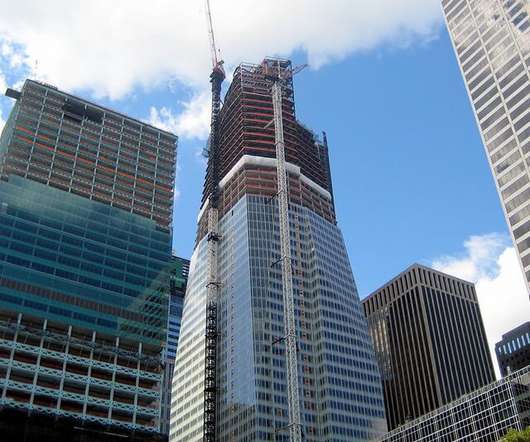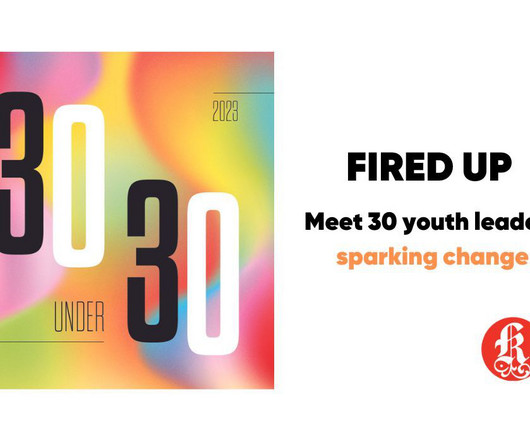Green building labels need a renovation
Corporate Knights
JUNE 14, 2022
In North America, academics and environmentalists have criticized LEED’s approach because developers could game it out, running up their score by adding cosmetic features (e.g., bike parking) that don’t really improve a building’s carbon footprint. By 2030, they’ll no longer be optional.











Let's personalize your content